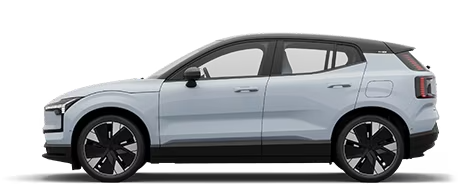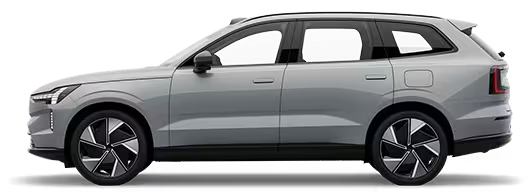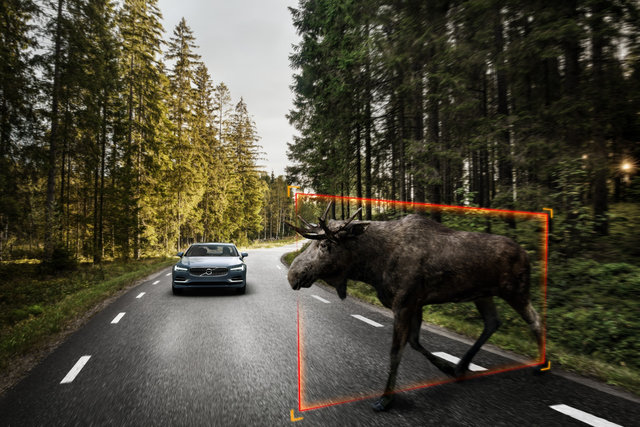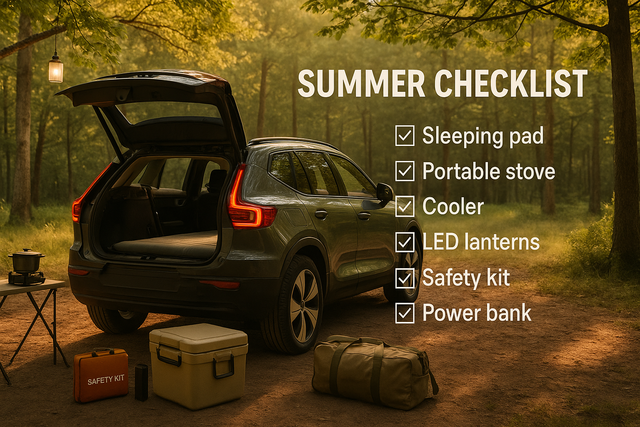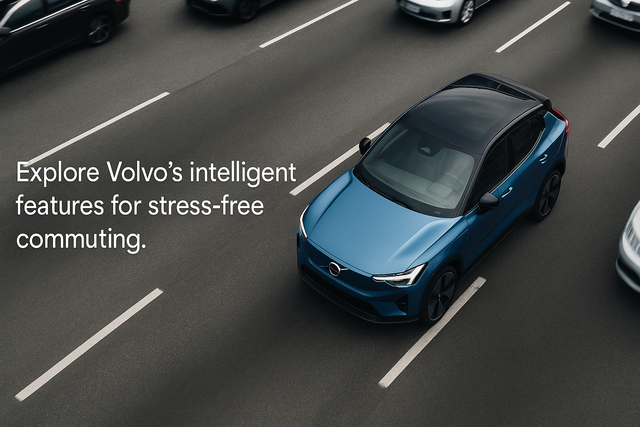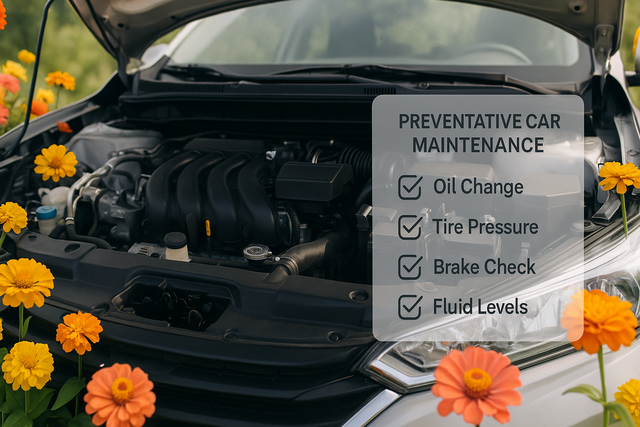Volvo vehicles are equipped with one of the most advanced forward collision warning systems available on the market. In addition to detecting cars, pedestrians, and cyclists, this system is capable of identifying large animals such as horses, deer, and moose. Here’s how it works.
The main parts of the Volvo forward collision warning system are the camera and the radar sensor that constantly monitors the road ahead, looking out for possible collision risks. This combination of the two types of sensors improves the range and the capabilities of the system, notably by making it able to see obstacles even at night.
If a large animal crosses the path of the vehicle in close proximity, the collision warning system is activated in order to warn the driver of an impending crash.
To do so, Volvo vehicles are equipped with a series of bright red lights that blink at the base of the windshield and a distinctive alarm that sounds only in case of an imminent accident.
This means that the driver immediately knows what the car is warning them about, without having to look down at the instruments.
This leads to a quicker response time and thus a higher chance of avoiding the crash. If the driver still doesn’t react despite the warning, the vehicle will apply the brakes on its own.
Since this technology is aimed at reducing the force of the impact rather than completely avoiding it, the vehicle will slow down by about 15 km/h when it detects an animal and the driver doesn’t press the brakes.
Despite the speed reduction being quite low, studies performed by Volvo have shown that this system is capable of greatly reducing the severity of the injuries typically associated with hitting a moose or a large deer.
This means that you and your passengers are safe even if an unpredictable animal jumps in front of your Volvo and you don’t have time to stop.





